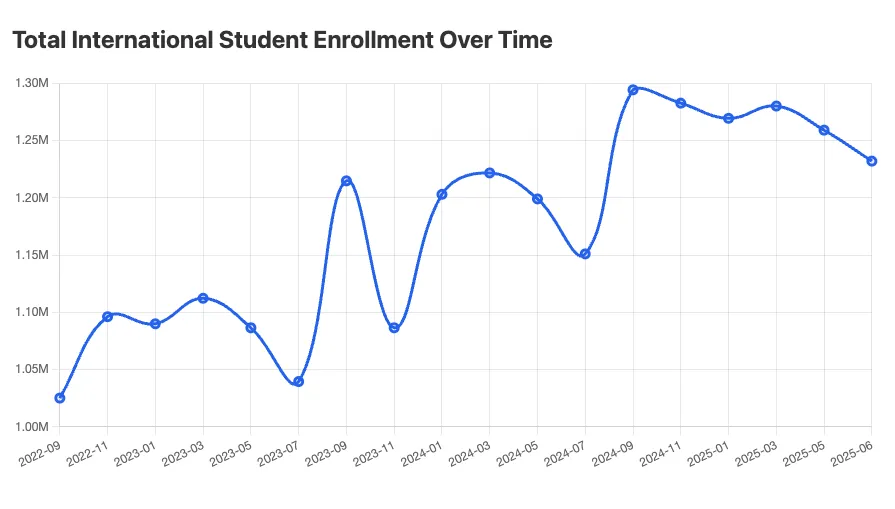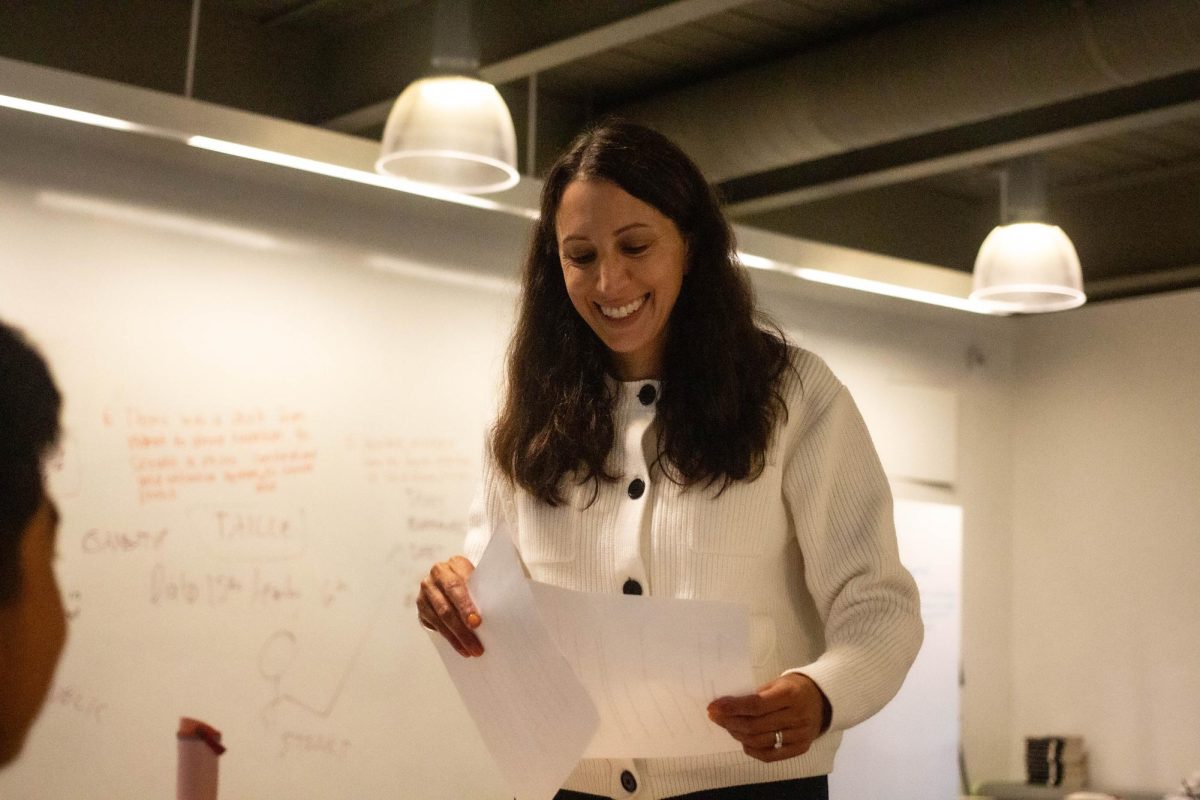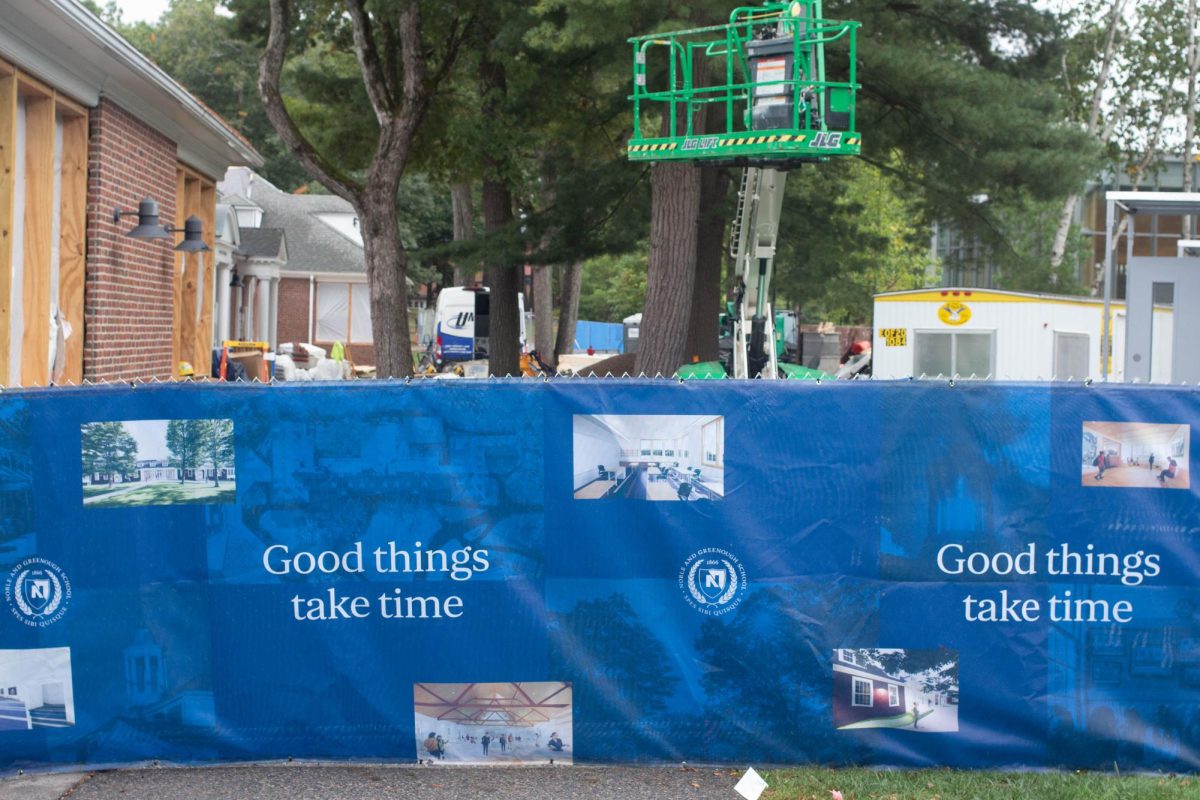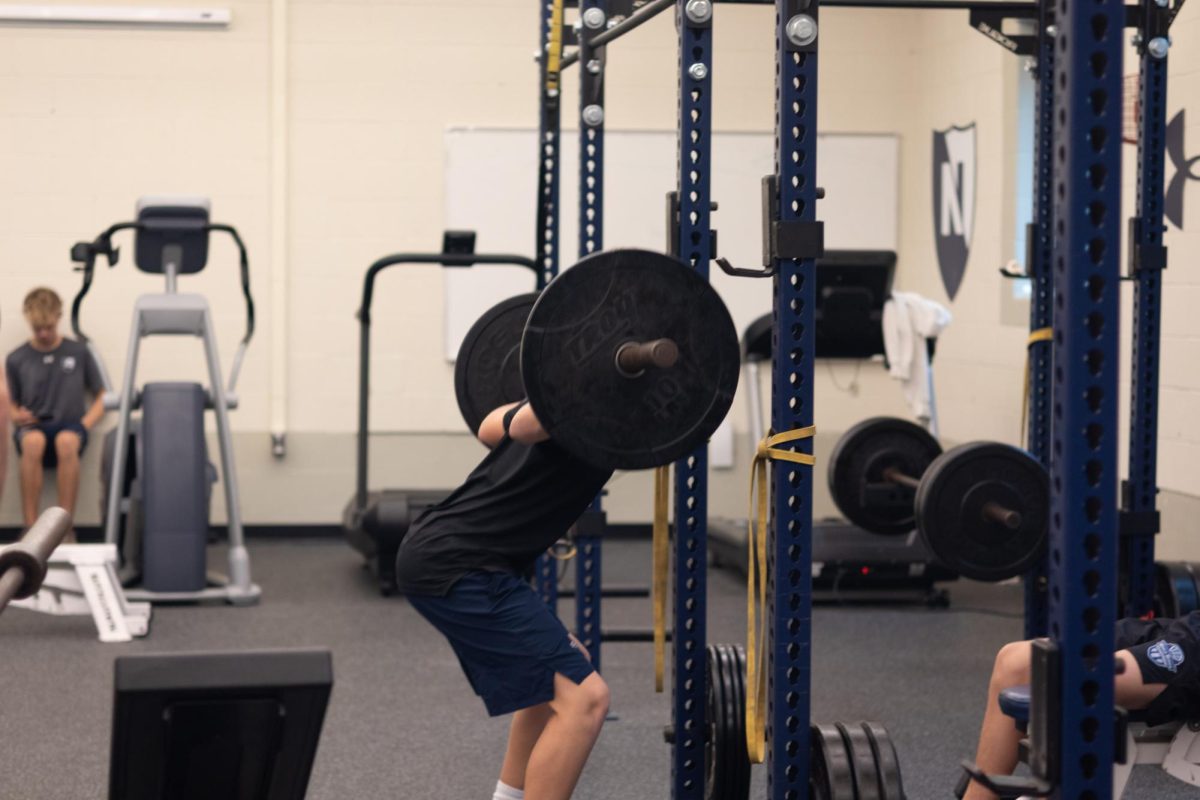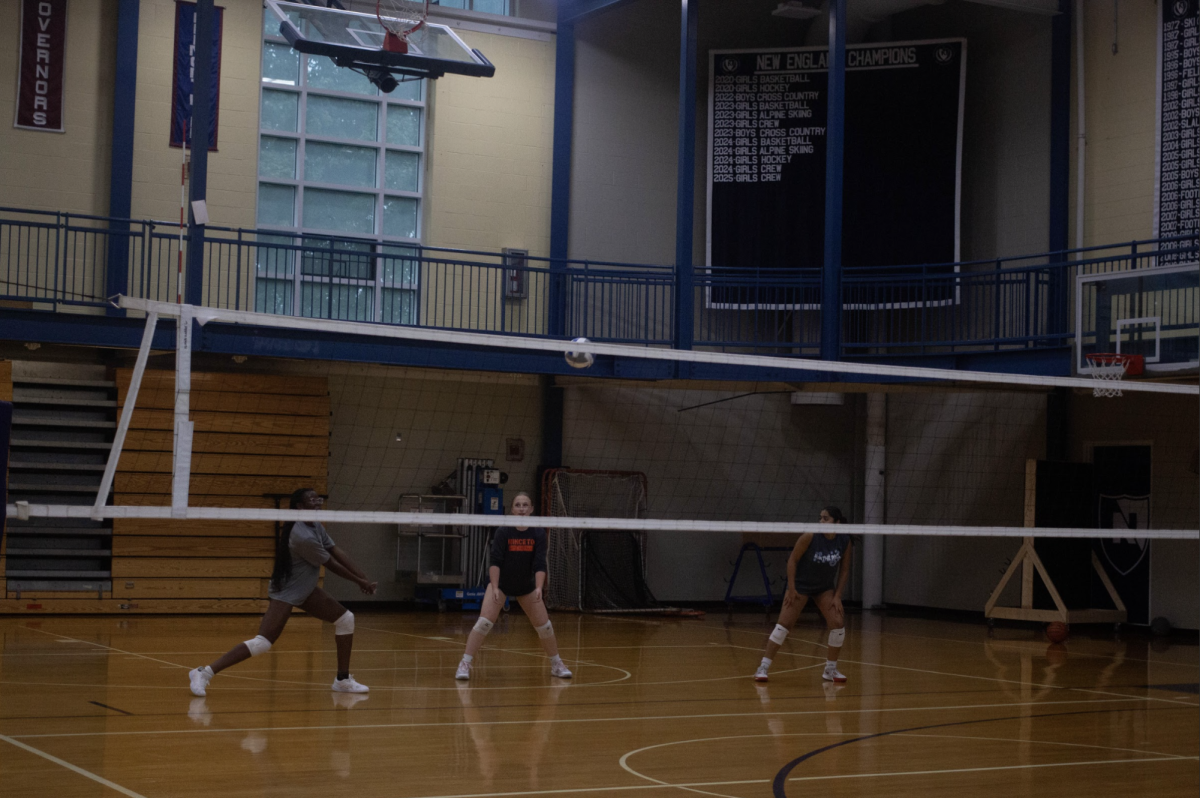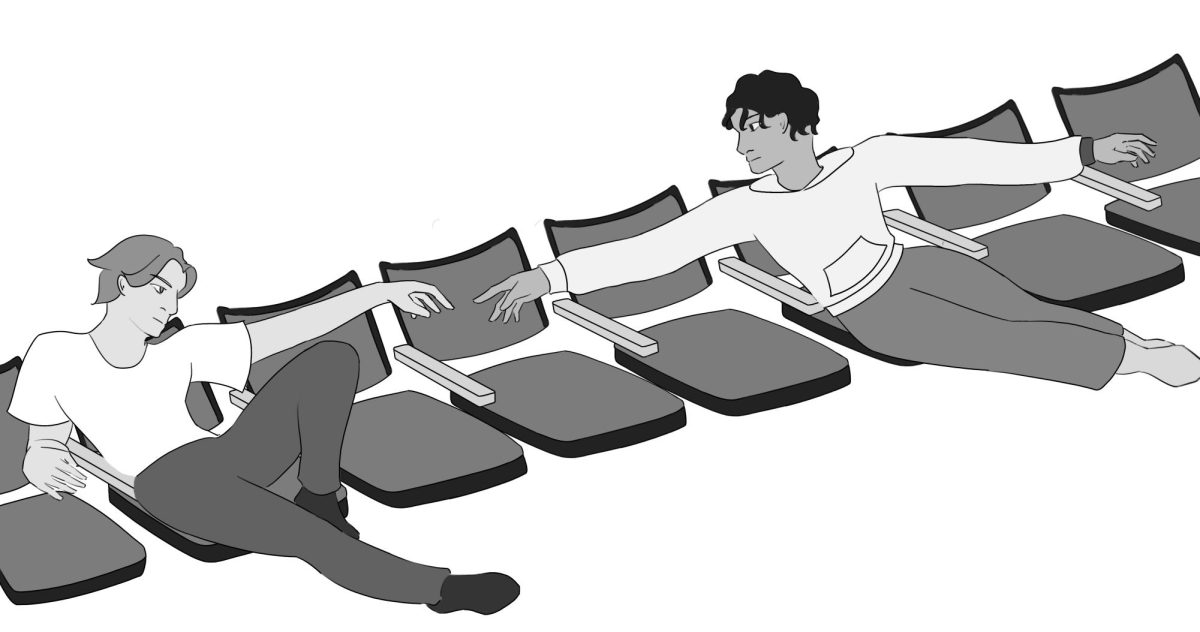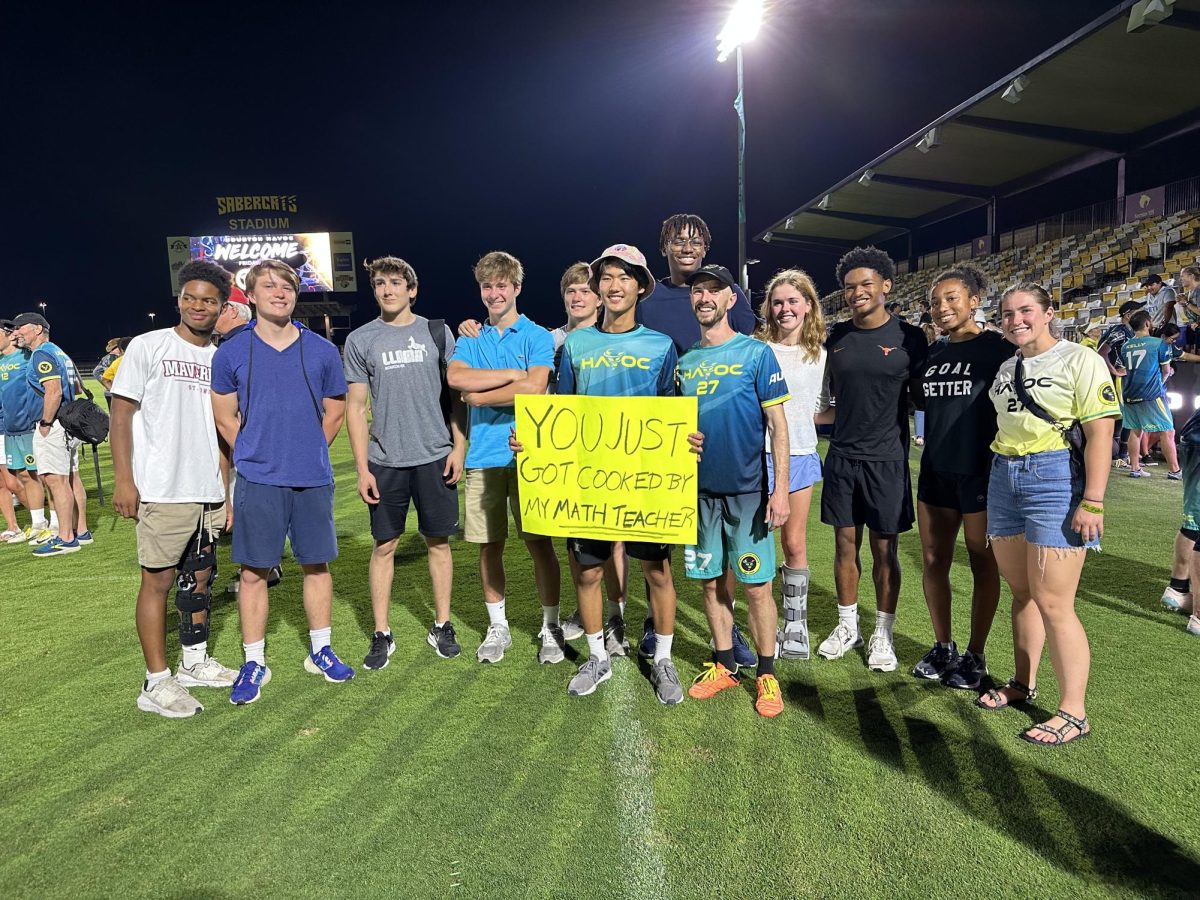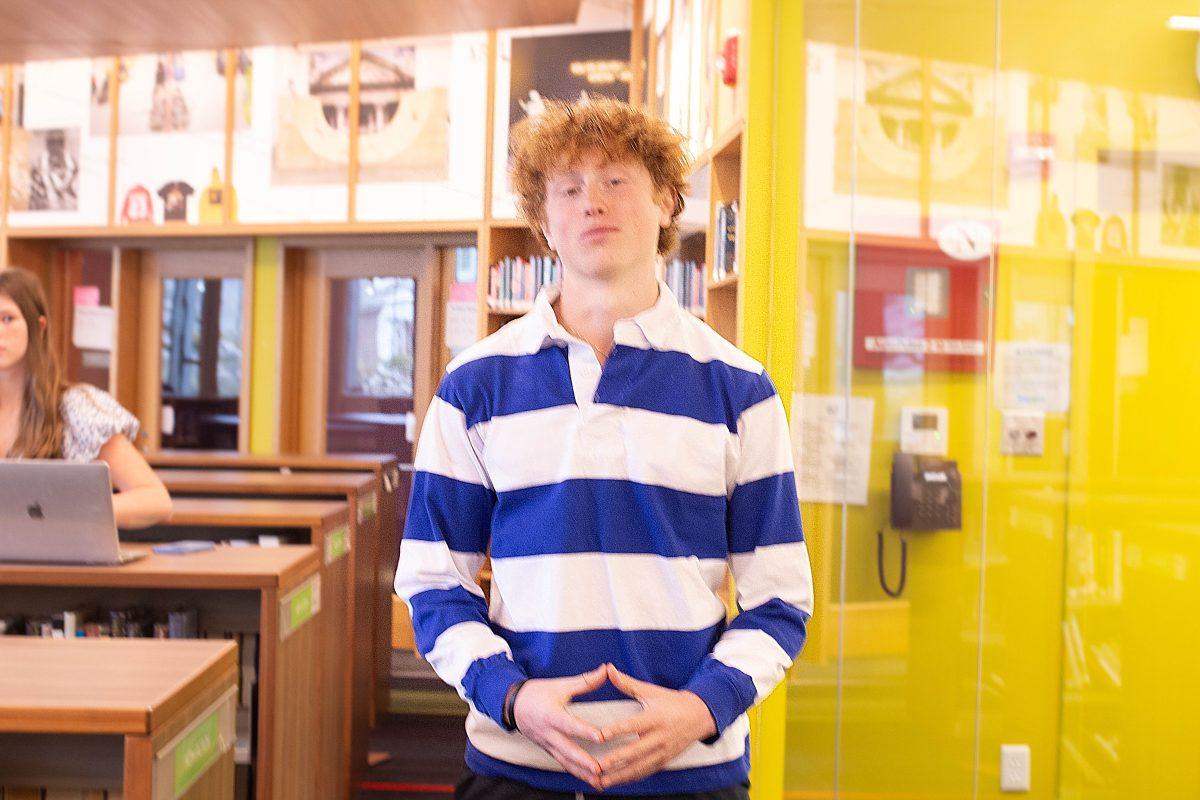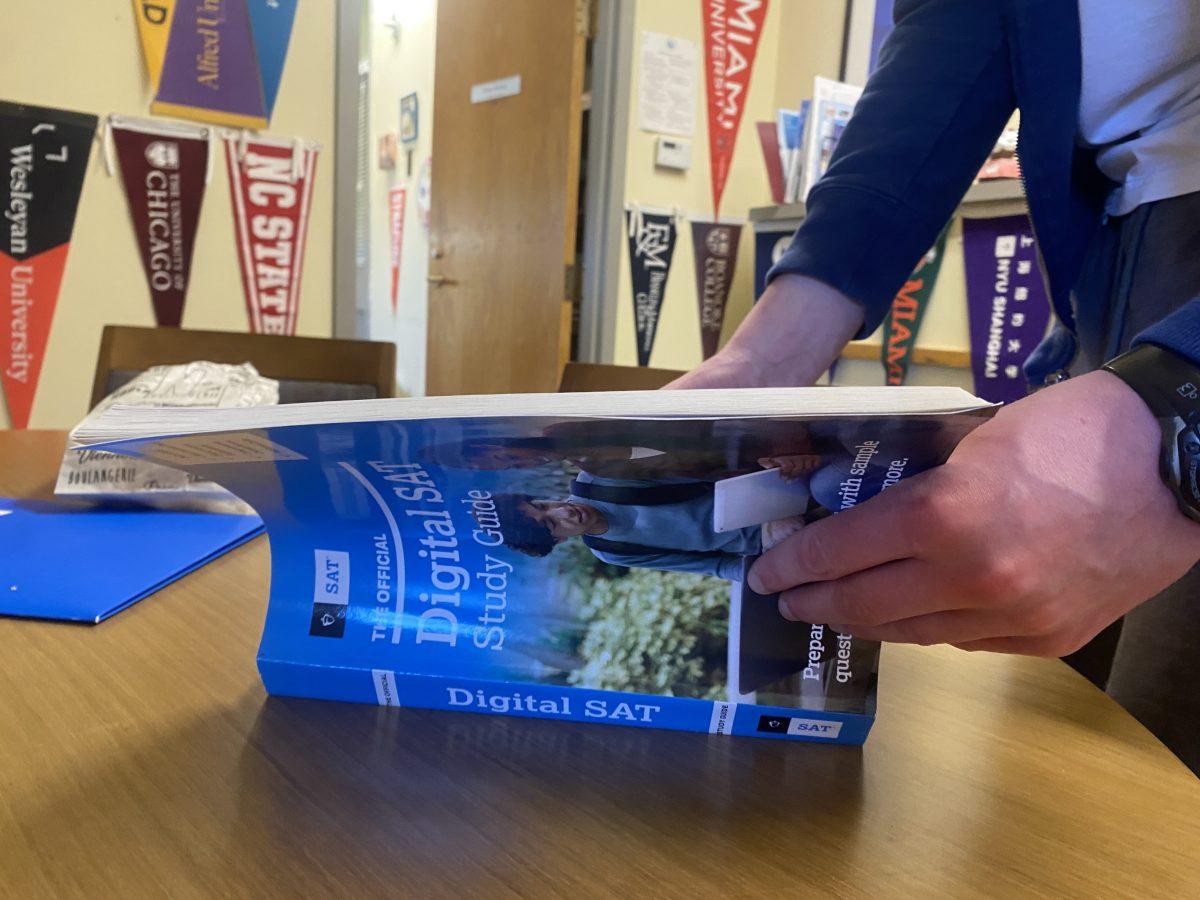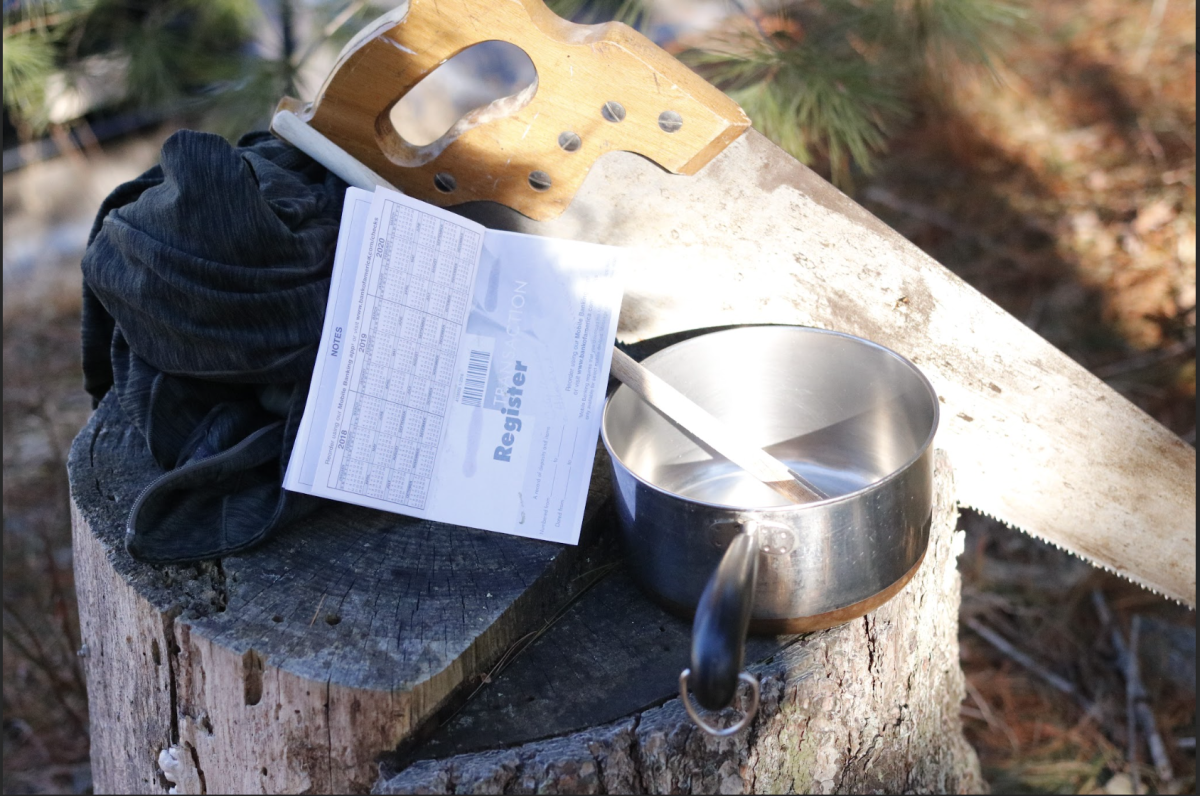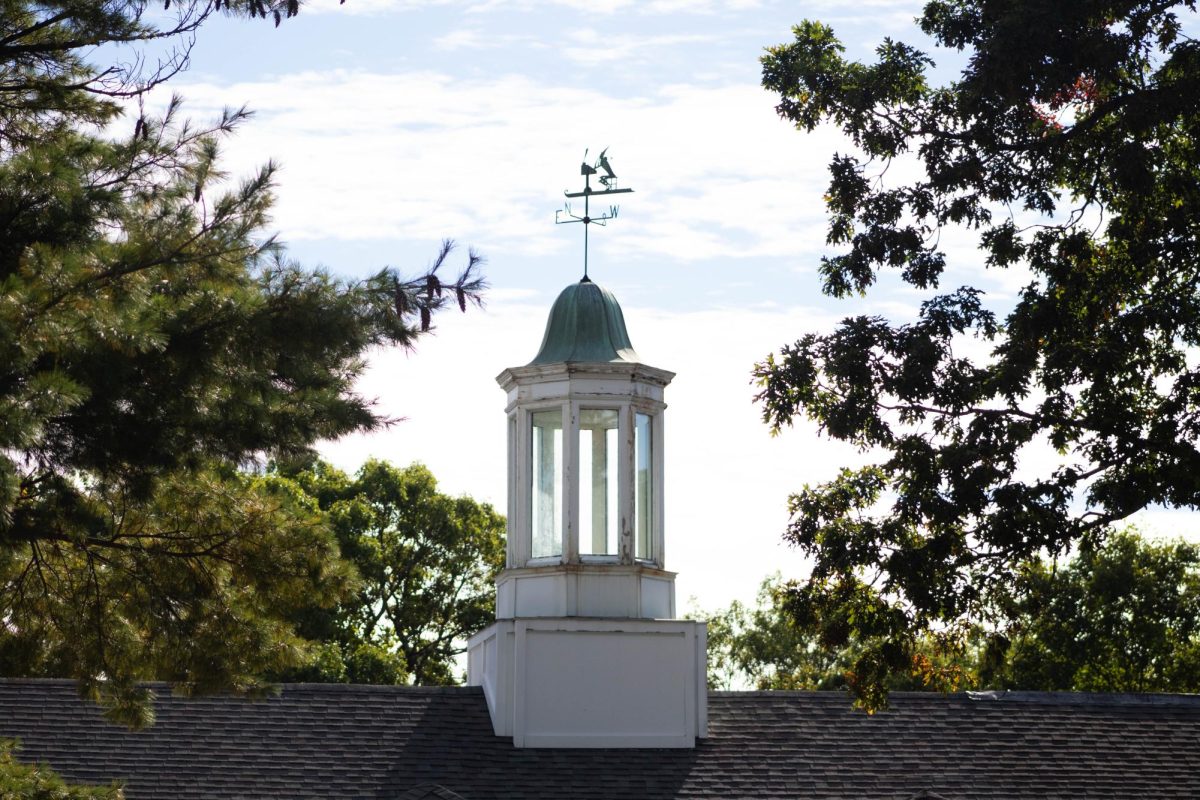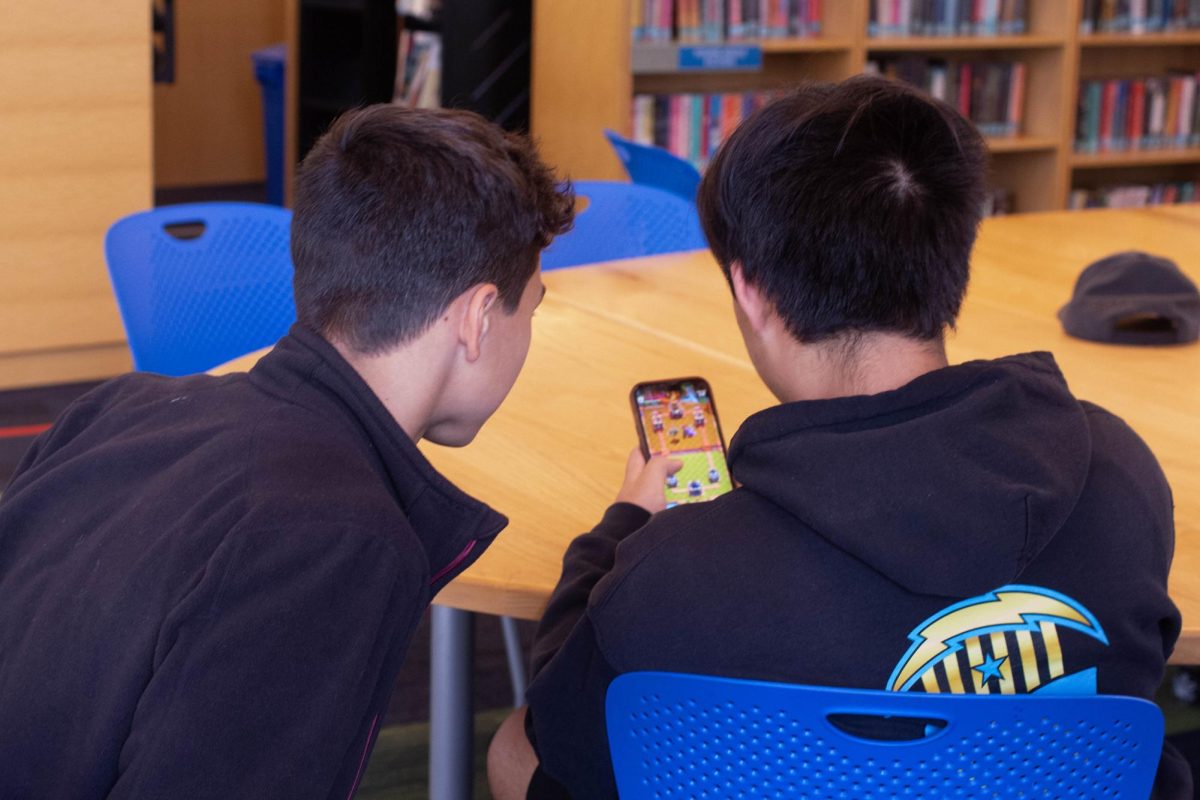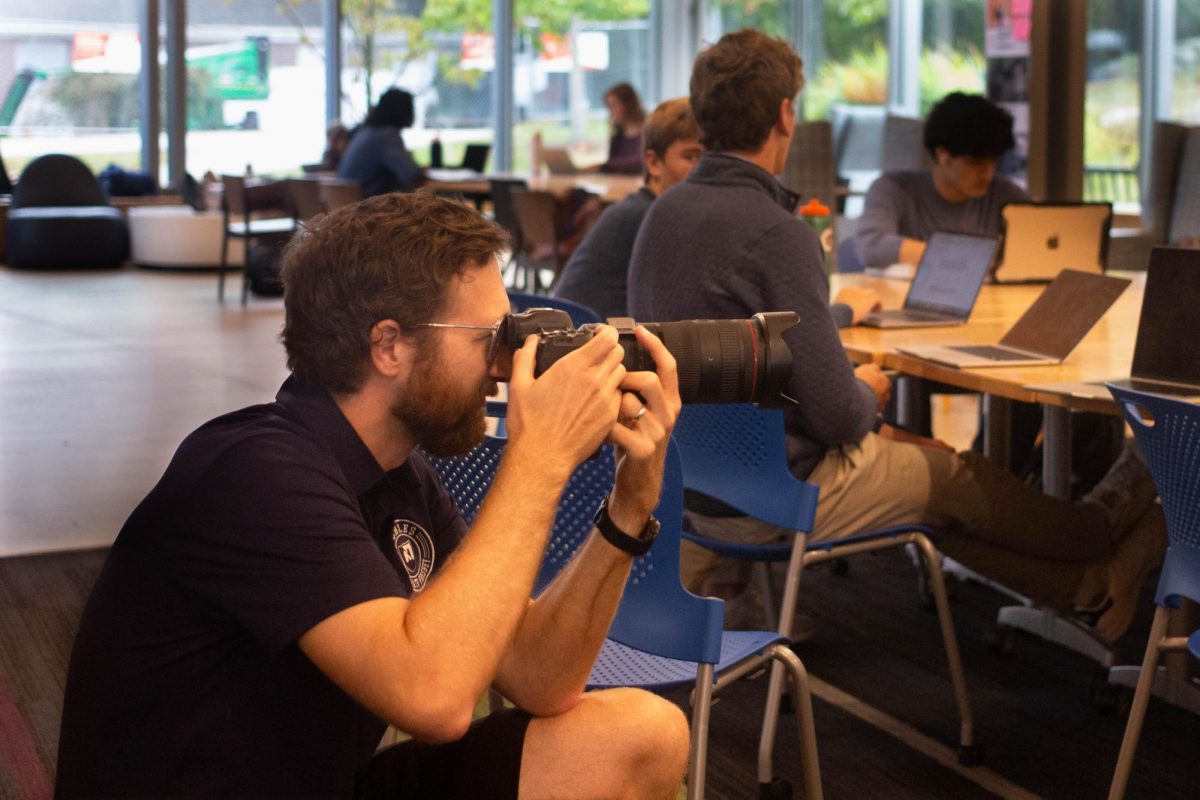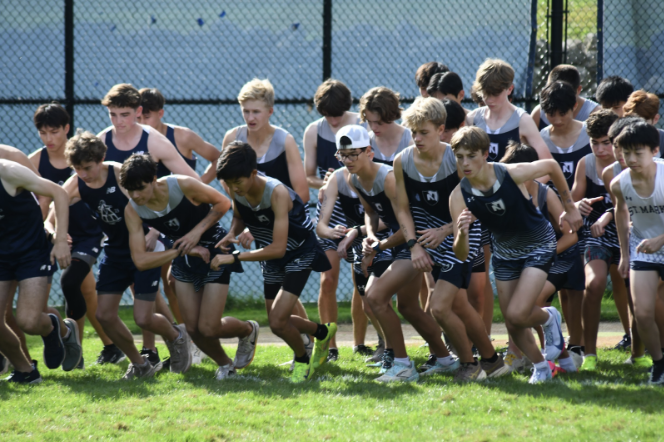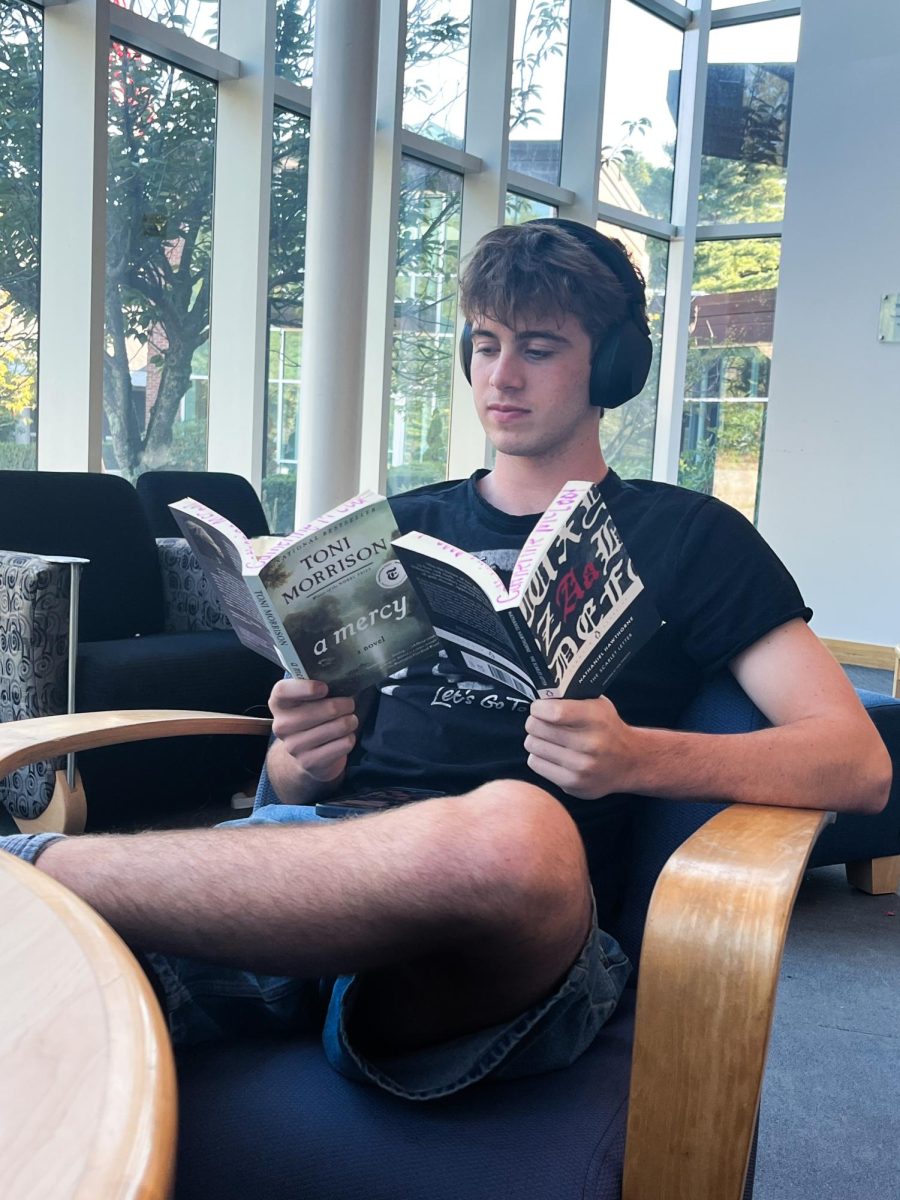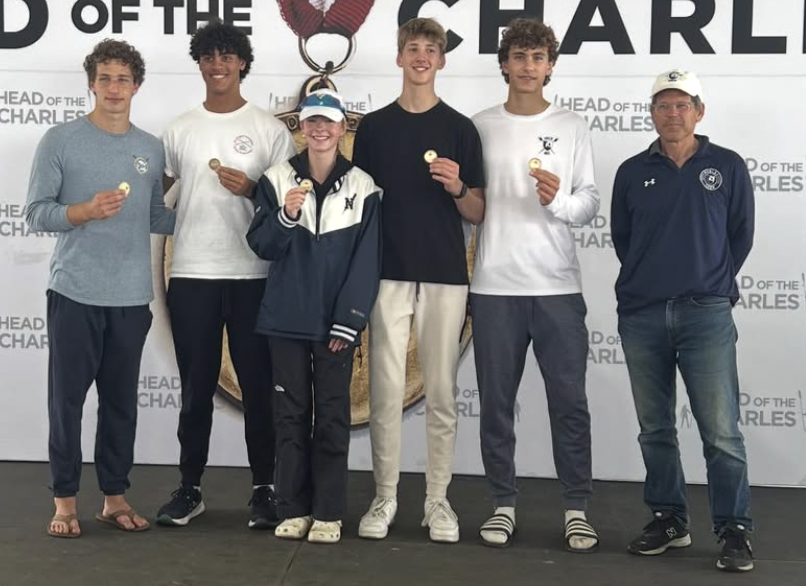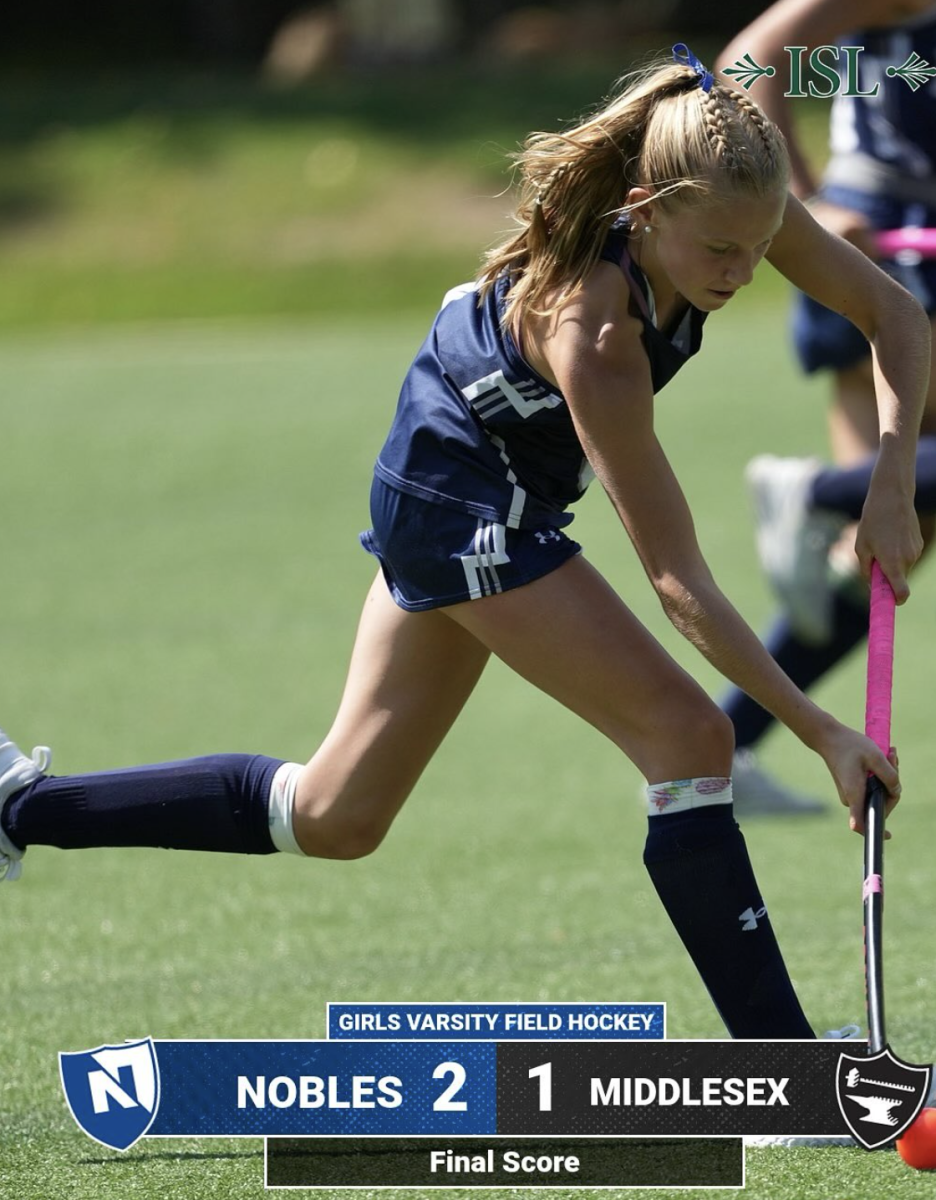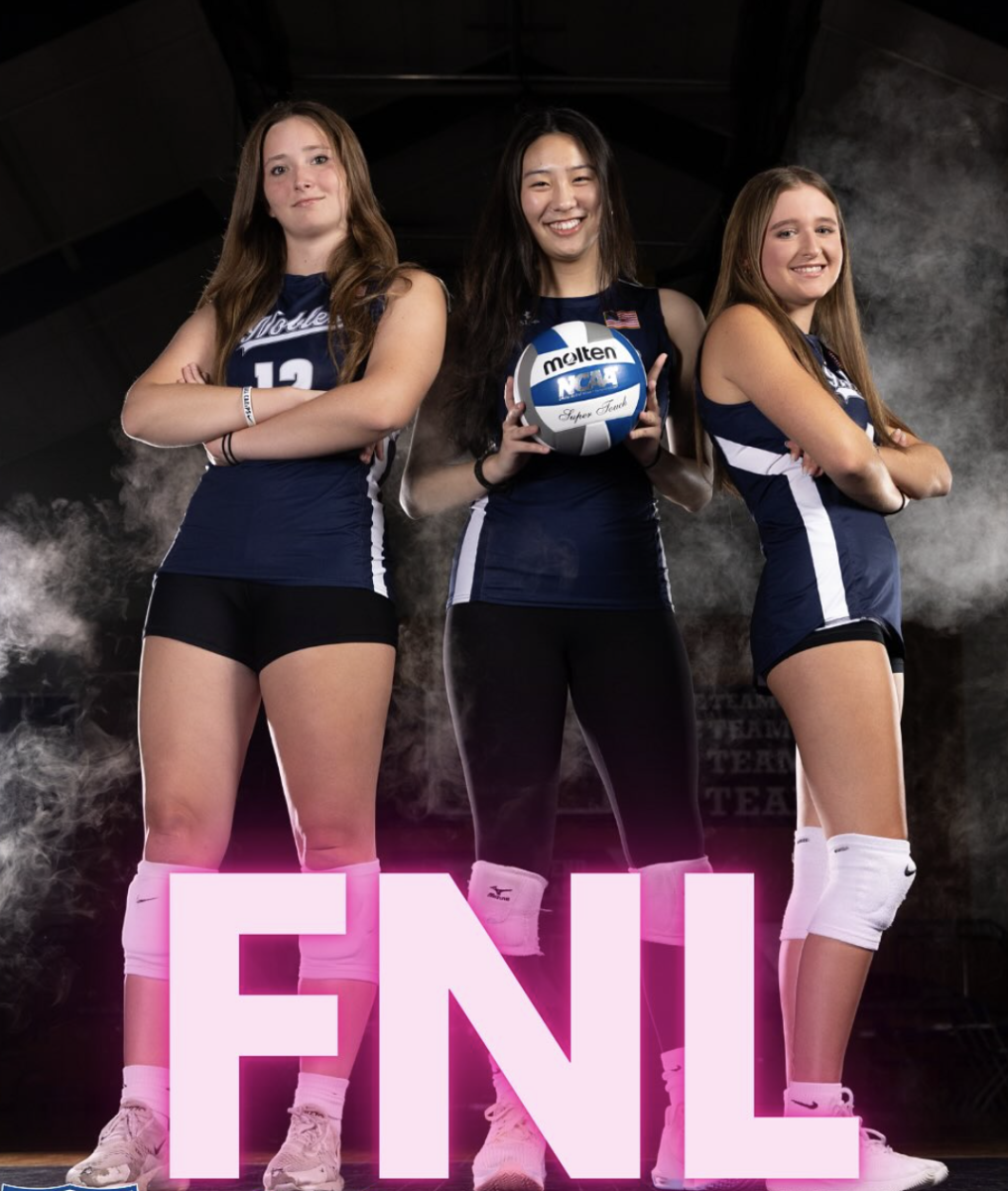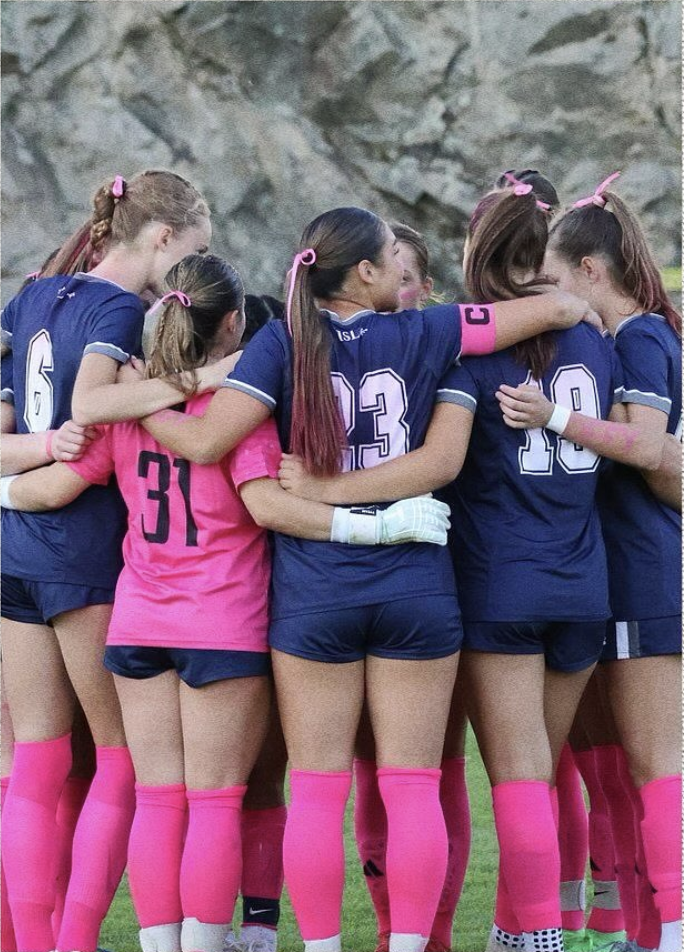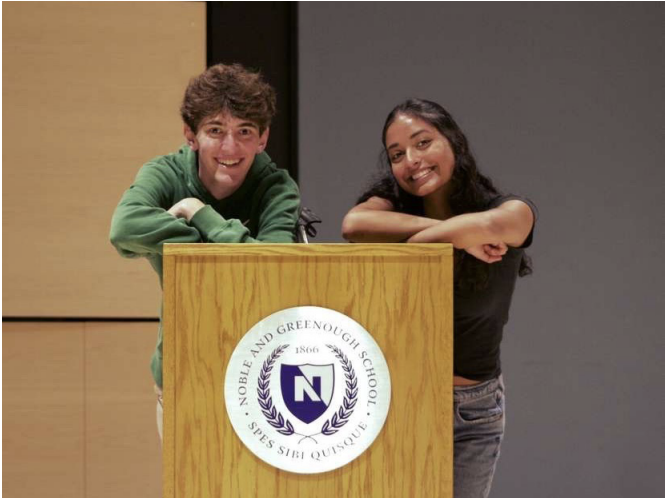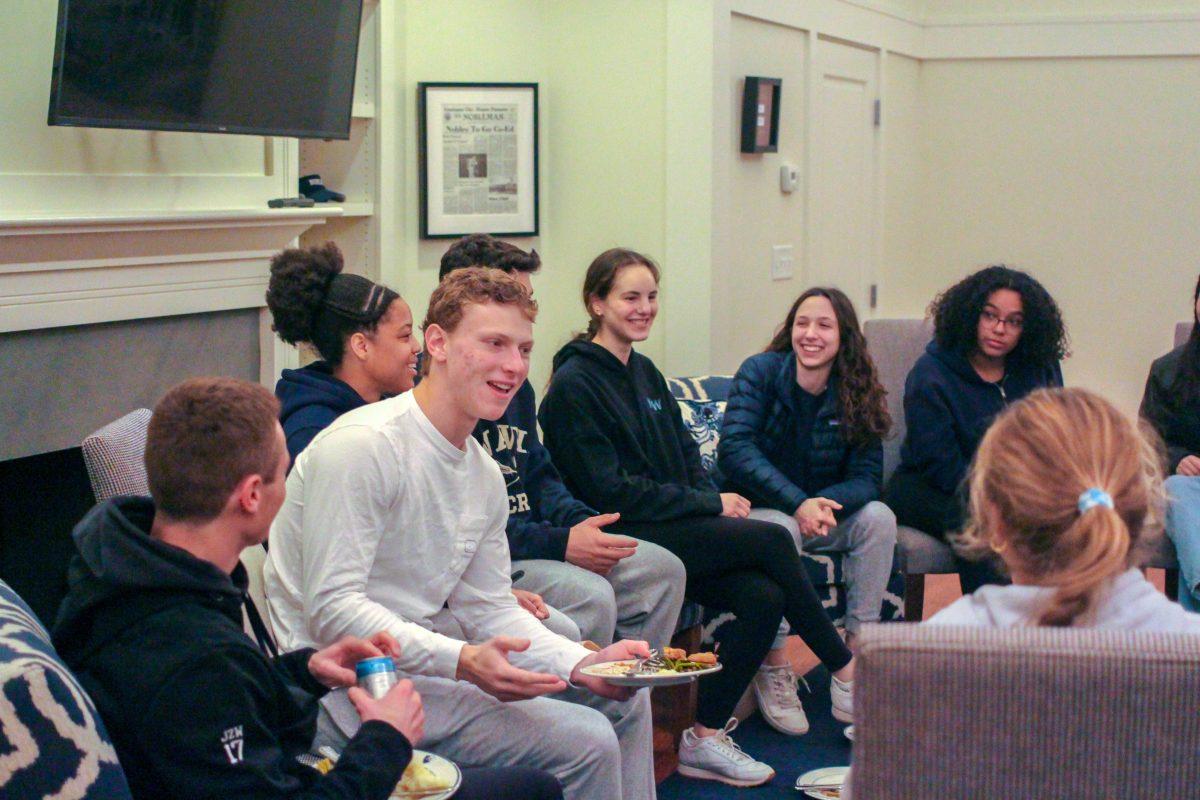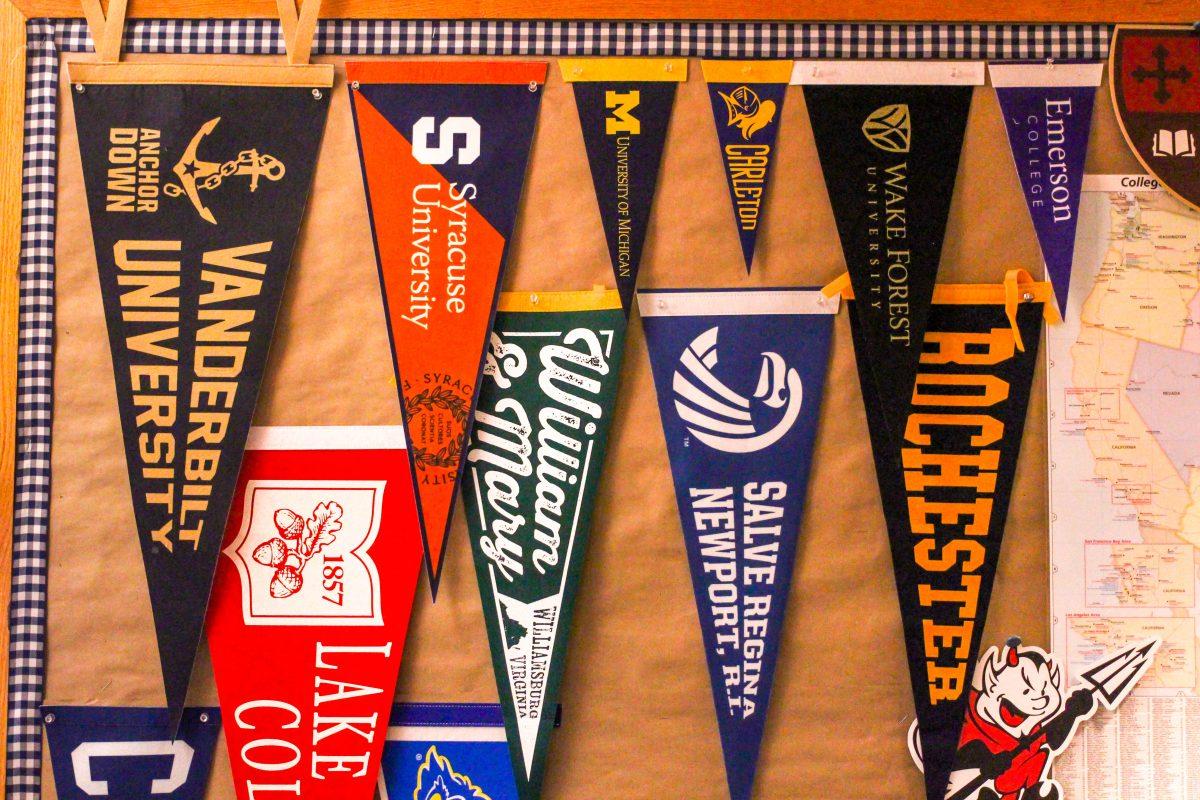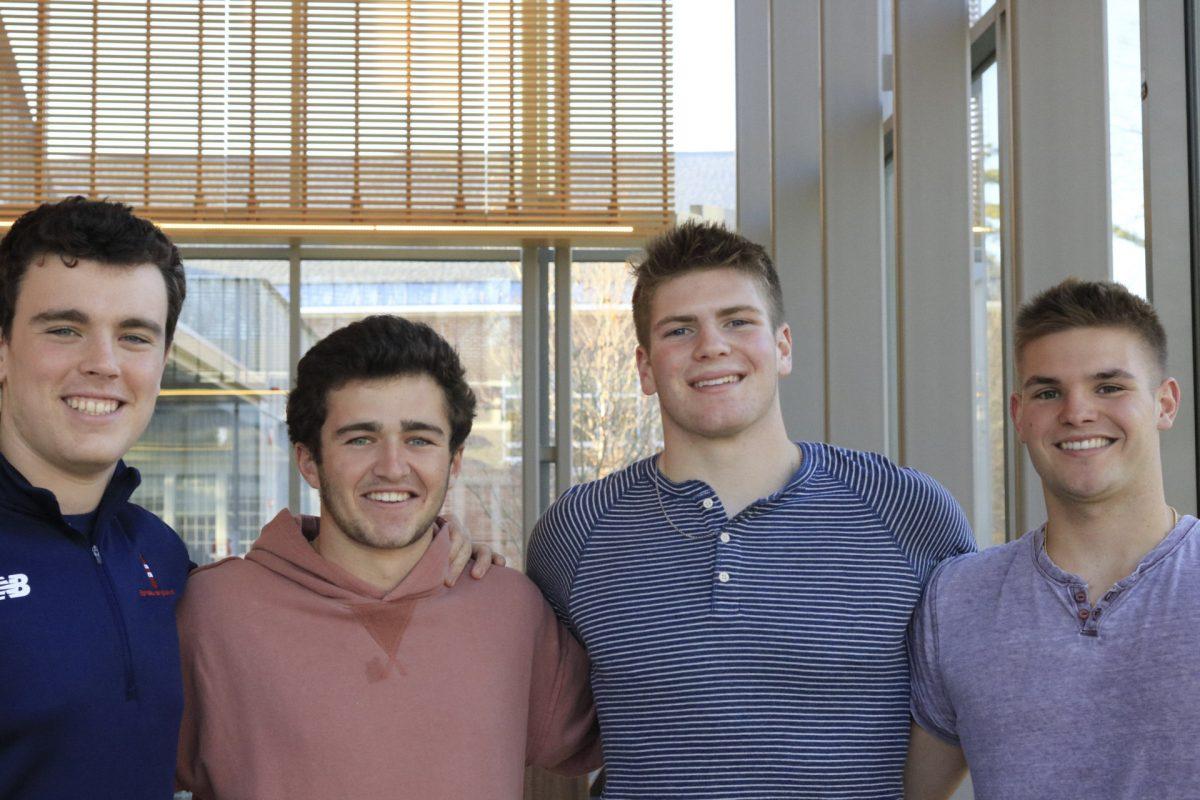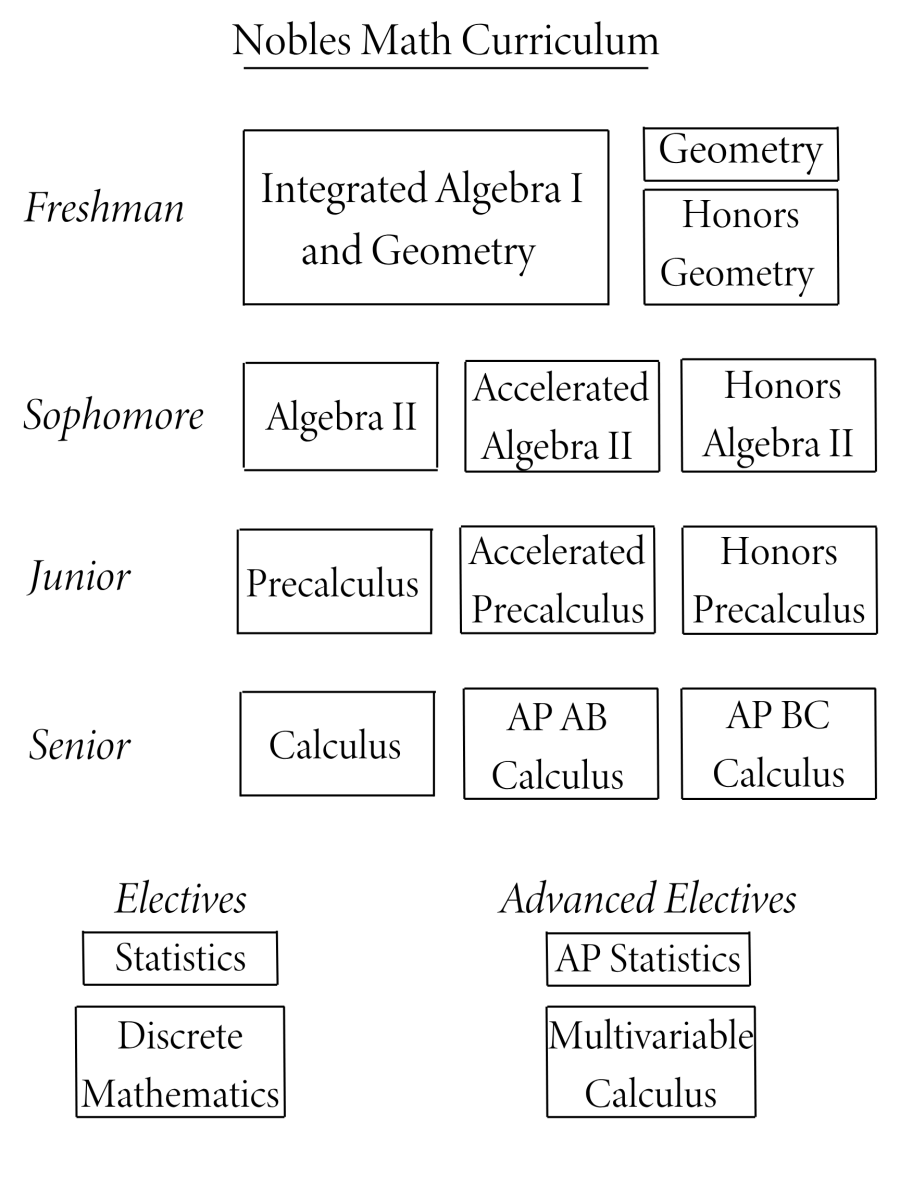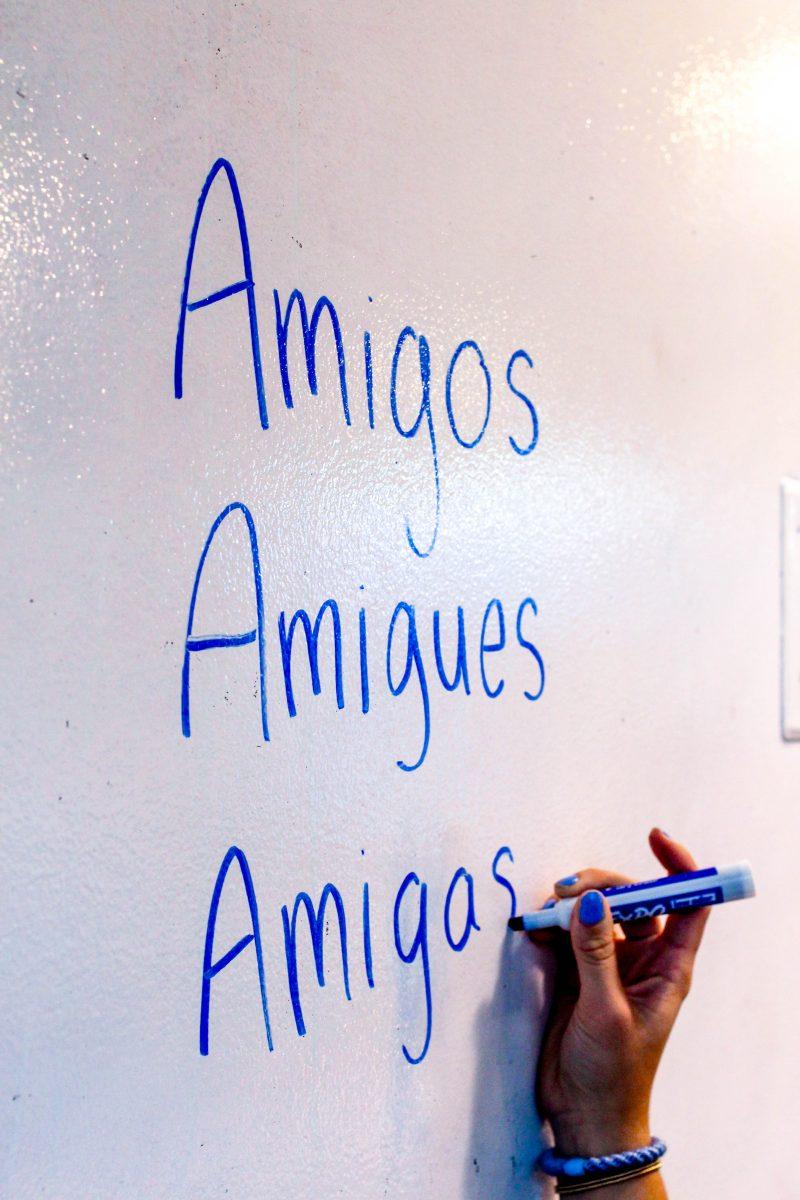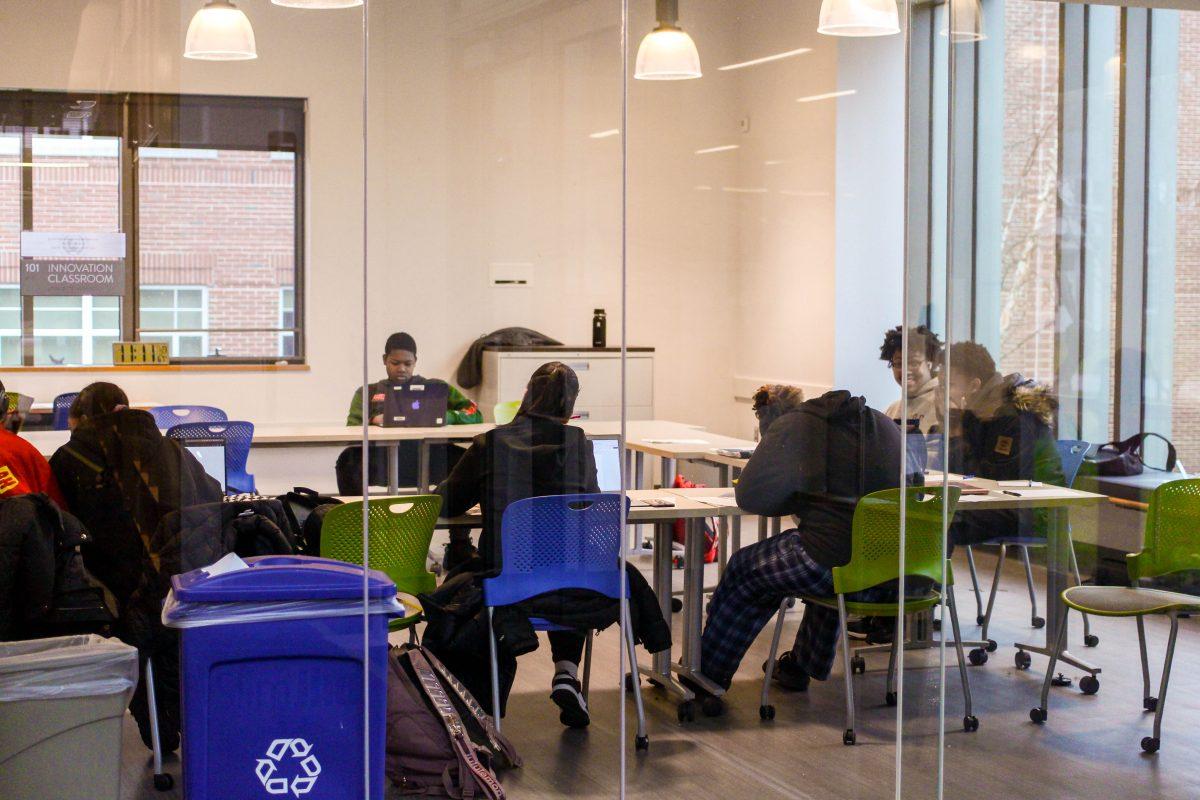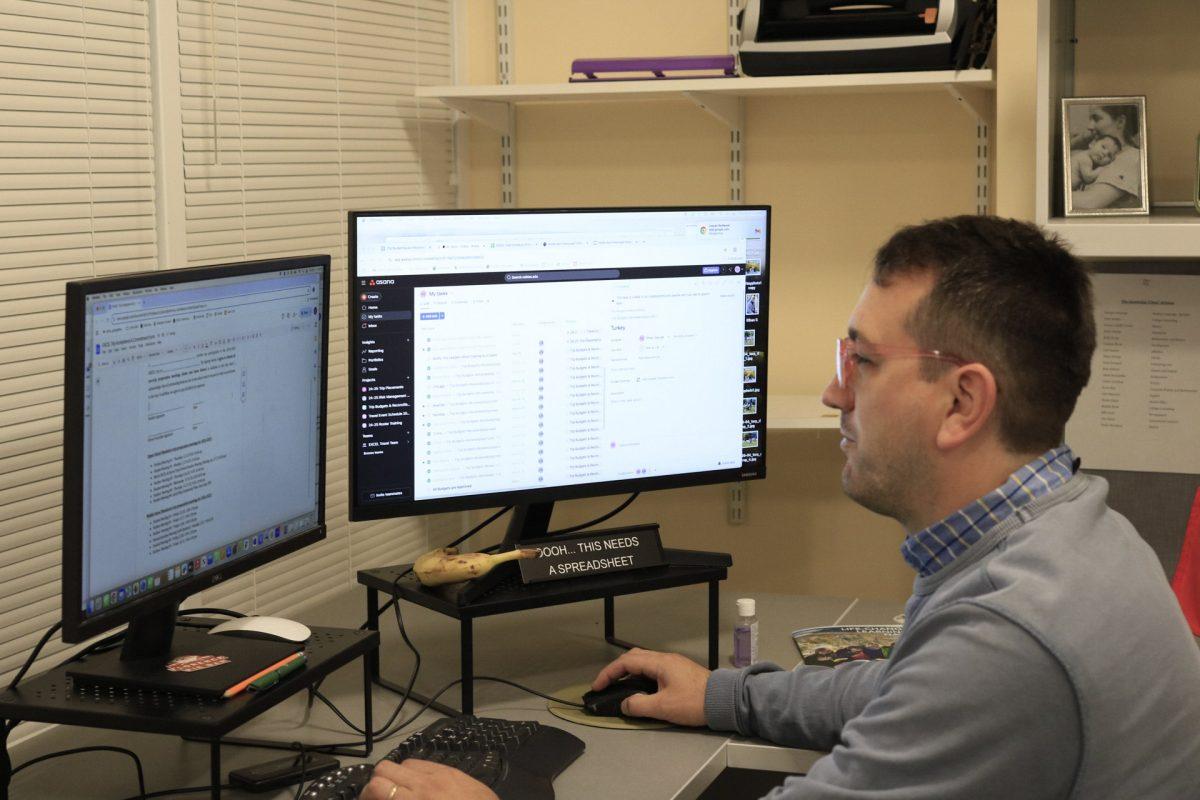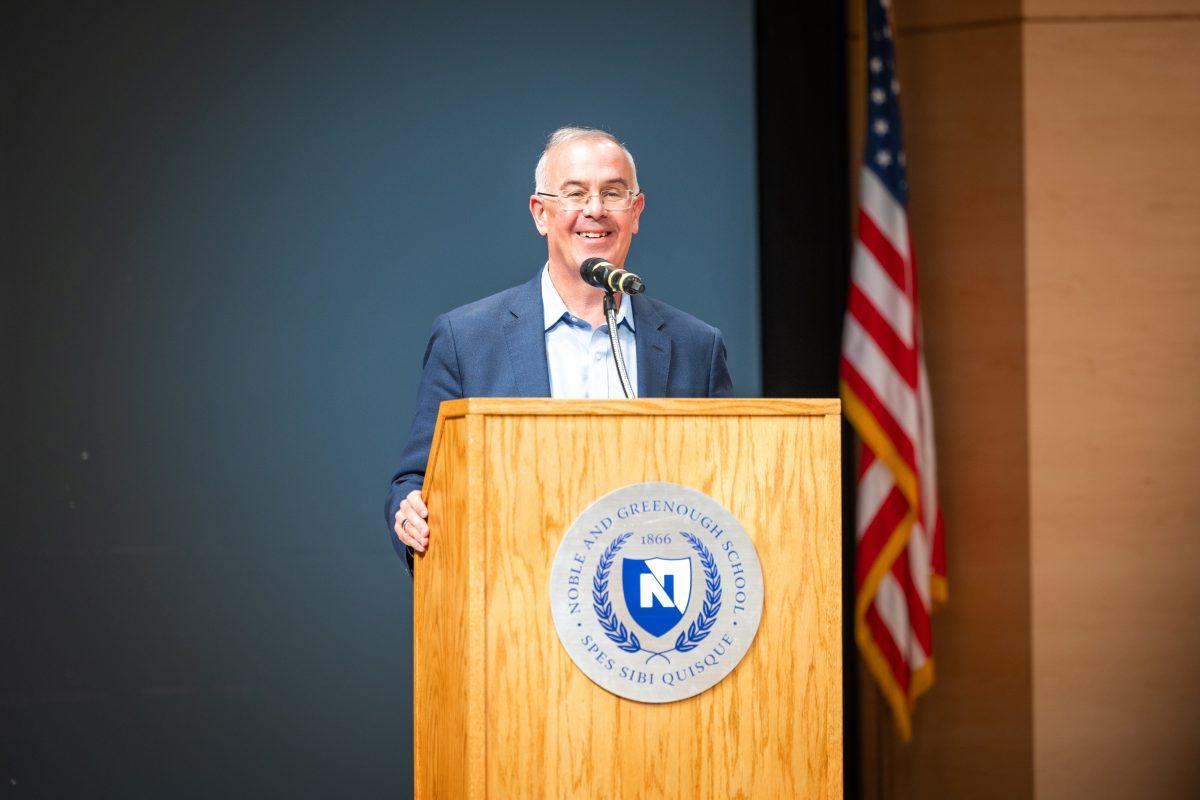“I don’t know if what we do really deserves a title,” an anonymous Class III prefect said when asked about their role. This belief accurately represents the widespread opinion of Nobles’ student body, many of whom believe that prefects are not taking full advantage of the leadership they hold.
Prefects are groups of 10 to 16 students per grade that meet about once a month or as deans see fit. They are selected through a combination of peer nominations and faculty input and are intended to be used as a liaison between students and faculty, helping deans understand the social and cultural dynamic of each grade. “As adults, it’s hard to see a lot of what goes on in the grade, and a lot also happens online that’s hard to see. They are a good way to get a pulse on how students are feeling,” Class III Dean Jane Strudwick said. The primary role of Class III and II prefects is to help organize events and class meetings. That said, most of the work they do is behind the scenes.
Class I prefects, however, have a slightly different role. They meet as a group every other week and work with their class dean as well as with the Head of School Cathy Hall. Class I prefects also have dinners at Hall’s house to discuss student life at Nobles. “We talk about topics of the week that have been on our minds, both surrounding our grade and the school in general. A lot of it is how can we be better leaders as seniors and as prefects, but also voicing the thoughts and issues that are coming up among students and our thoughts on what’s happening in school around that time,” said Class I Prefect Brooke Johnstone. “It’s mostly an opportunity to give Dr. Hall direct feedback from students and hold space for honest discussion. It’s a back-and-forth dialogue,” Johnstone said. Class I prefects also appear on rotation “prefecting” assembly, which makes their leadership more visible to the student body.

Many students do not understand the difference between prefects and SLC, and some don’t see the need for both roles. “I know they are both leadership positions, but I do not really know the difference,” said Nicole Lewis (Class IV).
However, the role of a prefect is distinguishable from SLC in both practice and representation. SLC representatives are a group of four students in each grade who represent at least two different gender identities and are voted in by their class. Conversely, prefects are nominated by their peers and then selected by a group of teachers who run a combination of leadership programs. Prefects also reflect a wider and more diverse portrayal of each class. “We want the prefects to represent different gender identities, racial identities, socio-economic status, boarding or nonboarding, social groups, and interests,” Strudwick said. SLC representatives also work in conjunction with representatives from other grades, whereas prefects work only within their class.
“We want the prefects to represent different gender identities, racial identities, socio-economic status, boarding or nonboarding, social groups, and interests.”
Although the idea of having prefects seems worthwhile, there is a sense amongst Nobles students that they may not be making the most of their influence as leaders. “Honestly, at this point, we haven’t done a ton. But so far it’s been Mr. Pratt reaching out to us, so I think that we meet just when he’s free,” Class II Prefect Leah Gavin said. Additionally, Gavin voiced her wish for more meeting time. “I think meeting more than we do right now would give us more time to have discussions and talk about a variety of things,” she said.
Class III Prefect LJ Bianchi shared a similar sentiment, expressing his disappointment in the minimal impact prefects have. “I think fewer people should be prefect[s] because if it’s a whole bunch of people, then it kind of loses its meaning. If there was a smaller group, I feel like in our meetings we could have more of a discussion, and everybody could participate better,” Bianchi said. Gavin also proposed a solution to this issue. “Maybe if we come up with some ideas, we could meet with SLC, and we can try to work together in some things to expand what we do with the role,” she said.
There seems to be an irony between the mission of prefects and the student opinion of the role. Prefects are supposed to be a bridge between students and faculty at Nobles, yet many prefects notice areas for growth that are not being communicated to the deans. Perhaps there is room for growth in the communication between prefects and faculty to establish a dialogue that encourages constructive criticism in order to create a position that is evolving with the school.

